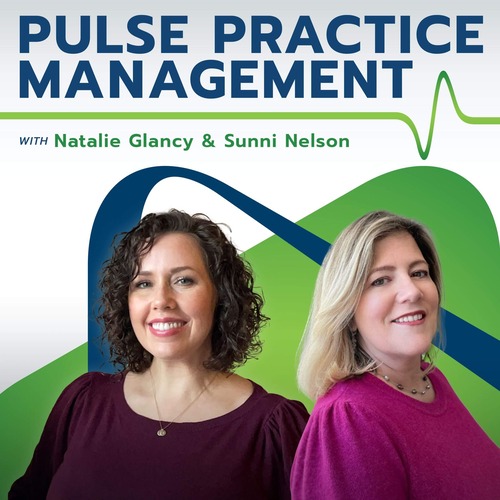
In the intricate and ever-evolving landscape of healthcare, one element stands as the backbone, holding together the continuum of patient care and treatment efficacy – clinical documentation. Often operating behind the scenes, clinical documentation is the creation of a digital or analog record that details a patient's medical treatment. This is fundamental to the delivery of high-quality, patient-centered care.
At Applied Medical Systems, we have learned through experience that proper training and education on clinical documentation for your staff is vital to your success. At AMS, we can provide the advice you need to set your practice and staff up to perform to their full potential.
The Importance Of Clinical Documentation
Accurate clinical documentation is the foundation for all coding. With it, we can assign the correct procedure and diagnosis codes. Without it, we cannot confirm which services were provided. This can lead to numerous issues with both billing and compliance. As a provider, there is always a balance to be struck between time spent with patients and time spent documenting. While spending time with patients is the priority, it is vital to be aware of some of the pitfalls of using tools to speed up the documentation process. Elements that can affect this are the use of voice-to-text, EHR templating, and even time spent with patients.
Voice-to-text is very efficient for providers, but similar sounding words, e.g., eye and thigh, background noise, and other providers dictating their notes nearby, can affect what is entered into a note. Providers must take the time to review their documentation to ensure that it correctly reflects the encounter. Minor errors in transcription can lead to significant errors in both billing and compliance.
EHRs allow for the use of templates and importing information from past visits. While this convenience can make charting easier, it also has the potential to lead to errors in documentation. The following are examples of EHR templates leading to improper documentation.
- Saved templates may include statements that specific tests or imaging were reviewed during the encounter when they were not.
- They may also include baseline results, for example, of an ECG, which the provider would then edit to fit that patient and test. If these baseline results did not occur and are not edited or removed for this specific encounter, the patient’s medical records are now inaccurate, and the coding and billing will also be inaccurate.
- Imported information from past encounters is not always pertinent, and including this data can obscure the content relevant to the current encounter.
The previous issues relate to utilizing technology to speed up the documentation process. However, it is also risky to speed up one-on-one interactions with the patient. A prime example of this is documentation errors caused by an inconsistency in laterality. Either through the patient misreporting an issue or the provider incorrectly documenting the complaint, it can be challenging to determine the correct ICD-10 and CPT codes.
Any one or combination of these complications with documentation can lead to compliance and billing issues. A little time spent reviewing for documentation errors can make a big difference. In most cases, you only have one chance to get it right because it is non-compliant to change a medical record after the fact … but we will leave that for another day.
Work With Applied Medical Systems
We’re here to answer your questions about the importance of clinical documentation! Do you want to evaluate or improve your documentation process but are still figuring out where to start? Our team at Applied Medical Systems is here to help. Check out our website or give us a call at (919) 477-5152 for more information.

